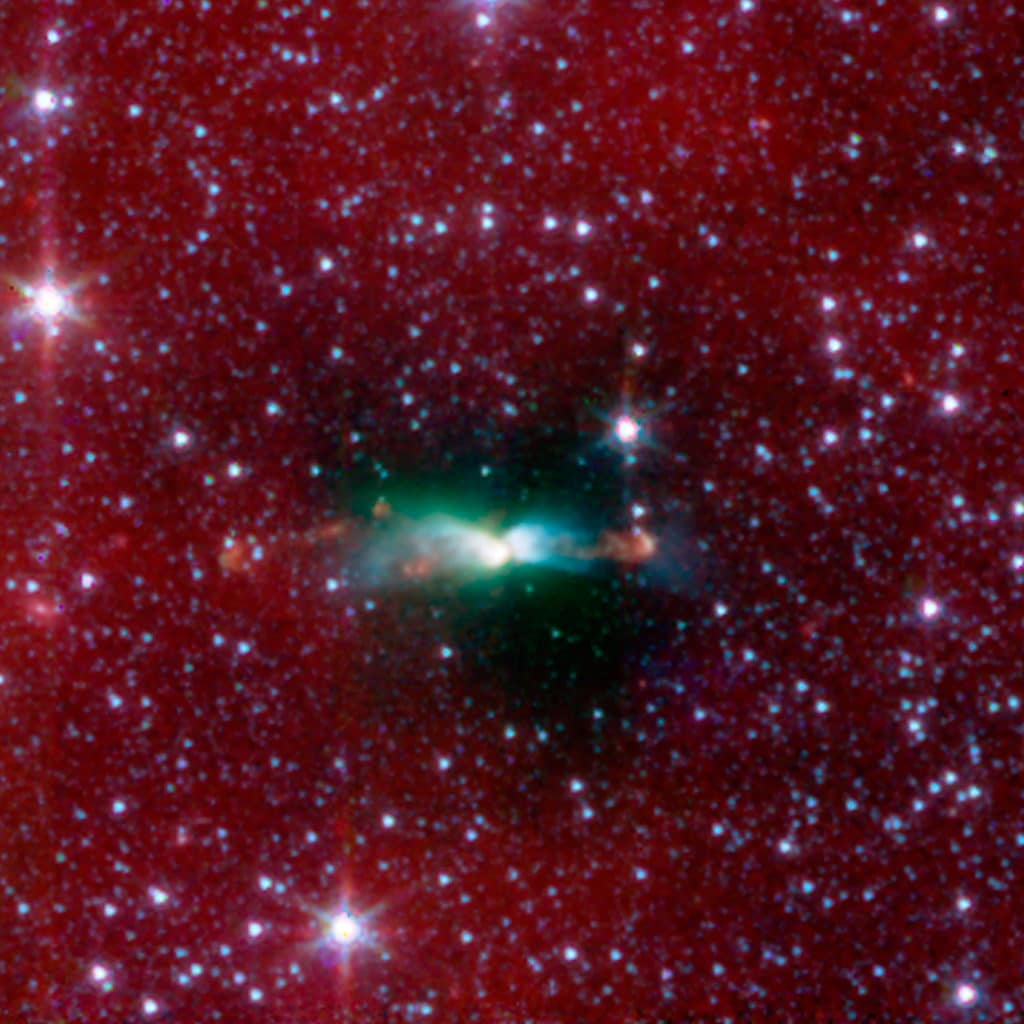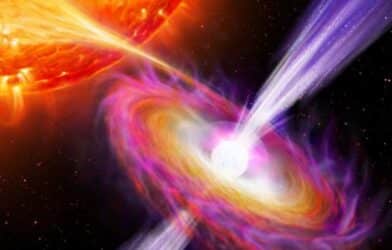Could the way stars form help us understand whether there’s life on other planets? A new study reports that stars can have “siblings” and are not always formed in the way it had been believed. Researchers say this could help us understand more about how stars and planets form, and even whether other planets that surround the stars are habitable.
A team of astronomers from Northwestern University in Illinois discovered a new star among a cloud, but then found its “sibling” tucked behind it. When they looked at the cloud for the first time, they believed it looked normal. With a closer look, they found the sibling star’s magnetic field was twisted.
The team believe they formed far apart, but were then pulled closer together to form a so-called binary. When the star travelled closer to its sibling, this shifted the dynamics of the cloud and twisted its magnetic field.
“It’s the star’s sibling, basically. We think these stars formed far apart, and one moved closer to the other to form a binary. When the star traveled closer to its sibling, it shifted the dynamics of the cloud to twist its magnetic field,” explains lead study author Dr. Erin Cox, in a statement.
Scientists say that dense clouds of gas and dust collapse to form stars, sending outflows of stellar material at hypersonic speeds. The magnetic field around the clouds run parallel to the outflows, which is exactly what the authors saw when observing the large-scale L483 cloud.
However, when the team at a NASA observatory took a closer look, they found the magnetic field was twisted at a 45 degree angle and the outflows were not running parallel to each other.
Cox believes the sibling star may be responsible for twisting the magnetic field. When the two stars are about as far from each other as Pluto is to our sun, they form a binary system. Physicists say these binaries can be formed when star-forming clouds become big enough to form two stars or when the disc rotating around a young star partially collapses to make a second star.
But the research team believe something unusual was happening when they saw two stars move closer together.
“There is newer work that suggests it’s possible to have two stars form faraway from each other, and then one star moves in closer to form a binary. We think that’s what is happening here,” notes Cox. “We don’t know why one star would move toward another one, but we think the moving star shifted the dynamics of the system to twist the magnetic field. Learning how binary stars form is exciting because planet and star formation take place at the same time, and binary stars dynamically interact with each other.”
In a famous scene from “Star Wars,” Luke Skywalker does some stargazing of his own when he looks up to the binary stars that his home planet Tatooine orbits. Cox and her team believe their research on binary stars could lead to the discovery of planets capable of hosting life.
“In our census of exoplanets, we know planets exist around these double stars, but we don’t know much about how these planets differ from the ones that live around isolated stars,” says Cox. “With new instruments coming online to discover and probe new binary systems, we will be able to test these results with a statistical sample.”
The findings are published in The Astrophysical Journal.
Report by Gwyn Wright, South West News Service










-392x250.png)

